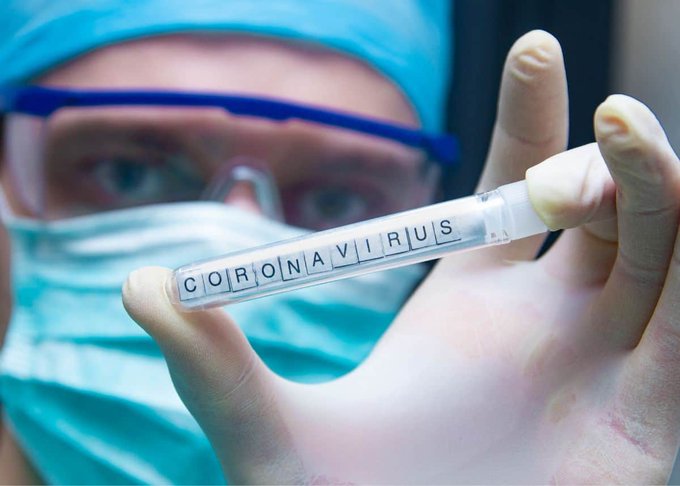AfricaPress-Tanzania: DURING Ebola outbreak in some neighboring countries, Media reported that some patients were running away from quarantine and hospitals without realizing that they were posing great risk to the society and their beloved ones.
This is not expected with coronavirus, where asymptomatic people may run away from hospitals and quarantine institutions without being officially discharged, because they would also pose the same great risk to the society and lead to unnecessary panic and spread of the deadly disease.
In the realm of medicine, there are professionals who are tasked by the individual government(s) and World Health Organisation (WHO) to lead, advice and update on any disease be it pandemic or endemic, hence citizens should not worry and panic.
It is also the same medics who should certify and shed light on who is asymptomatic person (a person who carry the active virus in his/her body but never develops any symptoms), not just necessarily one being j udg ed by the public.
For that matter, it is the health professionals who should be answering any question on such diseases, which may include: Who is a silent spreader?
Is it possible to be infected with the coronavirus and show no symptoms? Or go through a period of several days before symptoms kick in?
And even in this stage with no cough, no fever, no sign of illness, could you be transmitting the virus to others?
This is not an area where quack doctors, herbalists and unlicensed individuals should capitalize to mint extra coin in the society by advertising in the public that they have cures for the ailment.
This is equally , the time for our medics to shed more light on the disease, which according to Tara C Smith, an epidemiologist at Kent State University’s College of Public Health, an asymptomatic show s no fever, no gastrointestinal issues, no breathing issues, no coughing , and as you might imagine, hence it’s hard to figure out when someone has the disease.
Some cases of asymptomatic carriers have been confirmed by finding and testing people who were in close contact with COVID-19 patients.
For those who tested positive without symptoms, follow – up exams confirmed that about 25 percent continued to show no signs, World Health Organisation officials said on April 1, citing data from China.
Here a small clinical study from Nanjing , China, follow ed 24 people who tested positive but didn’t show overt symptoms at the time.
In the one to three weeks after diagnosis, seven continued showing no symptoms. Another group could be pre-symptomatic: People who have been infected and are incubating the virus but don’t yet show symptoms.
After infection, symptoms might not develop for five to six days- or even two weeks, according to the Annals of Internal Medicine.
The time between catching the virus and show ing symptoms is called the pre-sy mptomatic phase.







